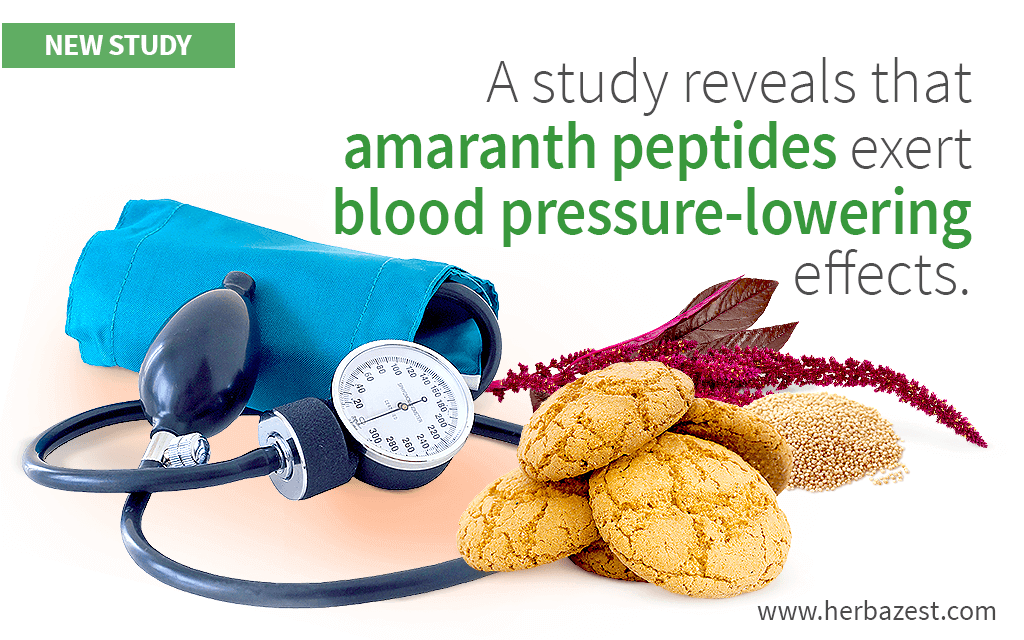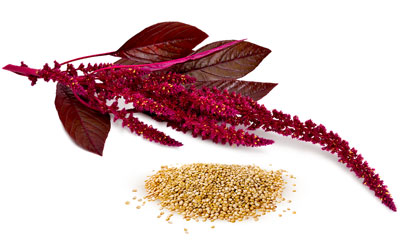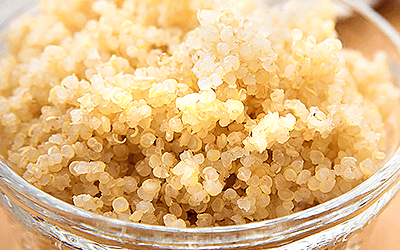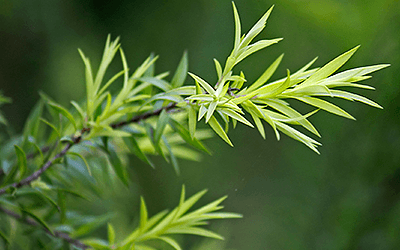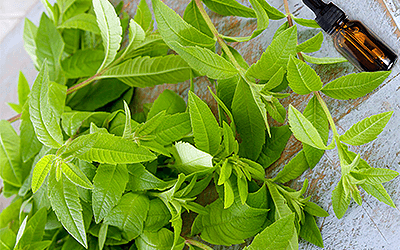High blood pressure, or hypertension, is said to affect one in every three adults in the United States.1 Just as the list of medications to treat this condition is long and extensive, so is the litany of possible side effects, which calls for safer and more natural treatment methods, including dietary options.
Previous studies have demonstrated the beneficial effects of some peptides extracted from various protein sources on reducing blood pressure.2 This includes amaranth, a protein-rich South American pseudocereal whose peptides were found to exert hypotensive actions in animal studies and which is studied as a potential dietary supplement or an ingredient for functional foods.3,4
The aim of this study was to investigate amaranth antihypertensive effects when used to prepare functional food, namely gluten-free cookies.
The Study
This in vitro study was conducted by a team of researchers at the National University of La Plata in Buenos Aires, Argentina. The results were published in the International Journal of Food Science & Technology.
The cookies used in the study were made with 100 g of amaranth flour as well as sugar, sunflower oil, vanilla extract, baking powder, and water. No gluten-containing ingredients were added. The amaranth cookies were baked at 320°F (160°C) for 15 minutes.
Gastrointestinal digestion was simulated in the laboratory to observe the activities of amaranth peptides and other components.
The Results
Researchers found that amaranth cookies exerted hypotensive effects similar to commercial drugs used to treat hypertension, including aliskiren and captopril.
Amaranth peptides were found to inhibit the enzyme responsible for the conversion of angiotensin, a group of peptide hormones that causes vasoconstriction and increases blood pressure.
What Does this Mean?
The findings of this in vitro study give promise to people diagnosed with high blood pressure for safe alternative treatment methods that work as well as functional food, like amaranth cookies, which can easily complement their daily diet. However, it is necessary to validate the results of this study in future human trials in order to determine adequate application and proper dosage.
These findings also encourage further research on other protein-rich food sources in efforts to identify possible hypotensive peptides and expand their medicinal uses.
Moreover, using amaranth flour in place of or in combination with wheat flour or other flours increases the nutritional profile of foods, especially in terms of enriching them with lysine and tryptophan.
To start adding amaranth flour in everyday cooking, consider these amaranth gingerbread cookies, amaranth lentil loaf, or healthy amaranth peach crumble.
Other herbs with hypotensive properties include blueberries, cherries, and lavender.
Sources
- International Journal of Food Science and Technology, Amaranth functional cookies exert potential antithrombotic and antihypertensive activities, 2018
Footnotes:
- CDC. (2016). High Blood Pressure FAQs. Retrieved November 13, 2019 from https://www.cdc.gov/bloodpressure/faqs.htm
- Food & Nutrition Research. (2008). Effect of peptides derived from food proteins on blood pressure: a meta-analysis of randomized controlled trials. Retrieved November 13, 2019 from https://www.ncbi.nlm.nih.gov/pmc/articles/PMC2596738/
- Molecules. (2017). Amaranth Protein Hydrolysates Efficiently Reduce Systolic Blood Pressure in Spontaneously Hypertensive Rats. Retrieved November 13, 2019 from https://www.ncbi.nlm.nih.gov/pmc/articles/PMC6150404/
- Journal of Agricultural and Food Chemistry. (2008). Bioactive peptides in amaranth (Amaranthus hypochondriacus) seed. Retrieved November 13, 2019 from https://www.ncbi.nlm.nih.gov/pubmed/18211015/
